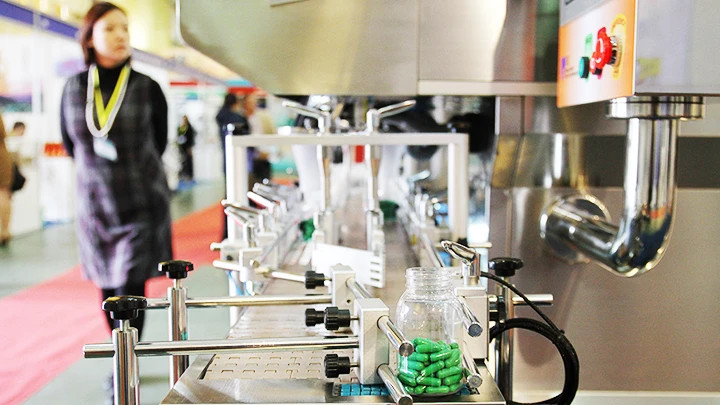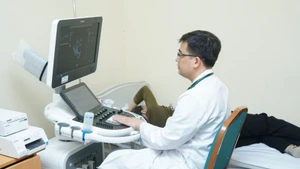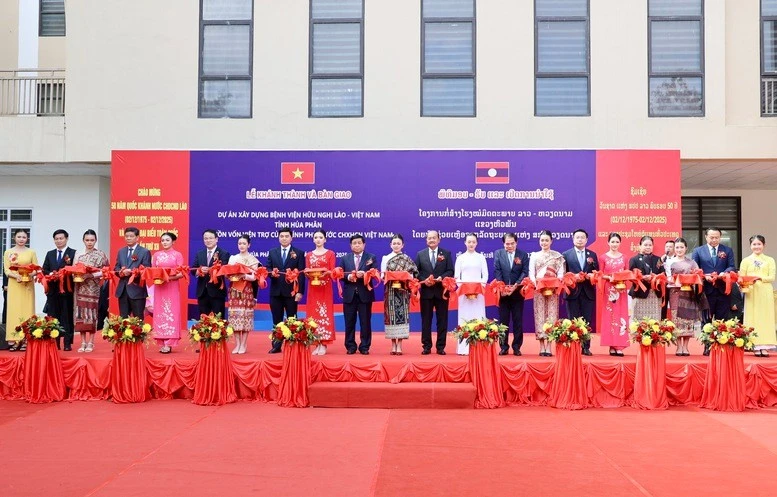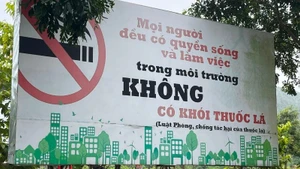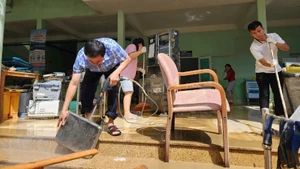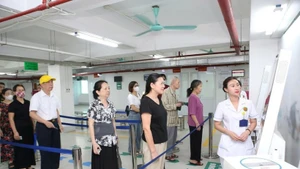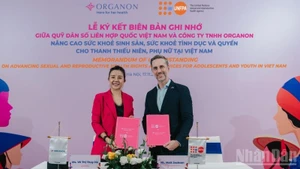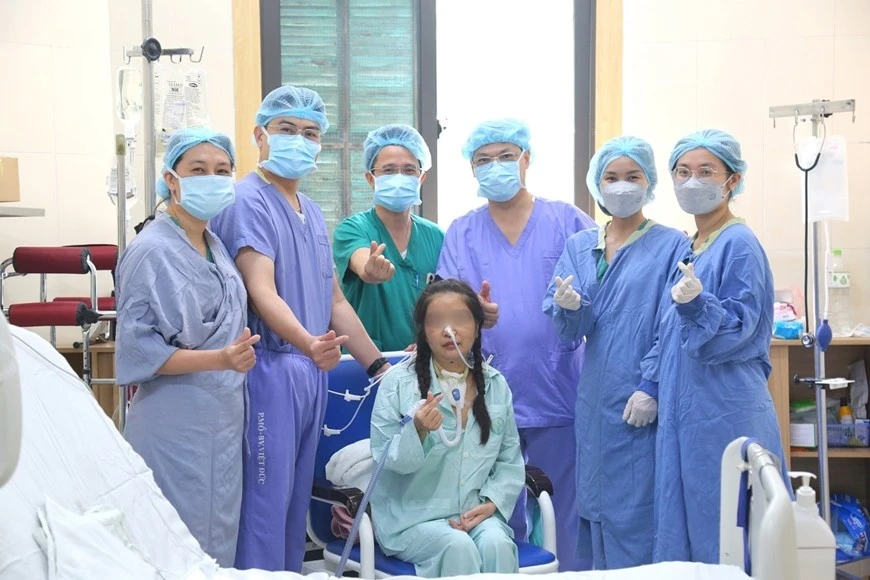Targeting 1 billion USD pharmaceutical exports by 2030
Historically, Vietnam has prioritised the production of generic drugs, ensuring the availability of essential medicines. This has limited enterprises’ focus on high-tech, specialised, and innovative drugs. At present, innovative drugs constitute about 3% of the total volume but account for 22% of market value, with most being imports. Only a few are produced locally or through early-stage technology transfer.
The domestic pharmaceutical manufacturing sector remains dominated by small and medium-sized enterprises (SMEs) with limited investment in research and development (R&D). R&D efforts have primarily targeted conventional drugs, neglecting modern formulations and optimised production processes. Substantial investment in financial resources, time, and skilled personnel is necessary to advance the industry. Policies must incentivise enterprises and investors to develop priority pharmaceutical technologies and products, as outlined in the draft revision of the Pharmaceutical Law.
Vietnam aims to elevate its pharmaceutical industry to level 4 — capable of producing innovative drugs. Key policy priorities include fostering science and technology development, granting incentives for high-tech drug enterprises, and supporting the transfer of advanced technologies. By 2030, Vietnam targets producing 80% of the drugs used domestically and achieving 70% market value. The country also hopes to get technology transfer for at least 100 innovative drugs. In addition, Vietnam expects to export 1 billion USD worth of pharmaceuticals.
By 2045, the industry is projected to contribute over 20 billion USD to the GDP, aligning with the National Pharmaceutical Development Strategy approved by the government in December 2023.
The Vietnamese pharmaceutical market has experienced robust growth. In 2022, the sector’s total value reached 7 billion USD, with a compound annual growth rate (CAGR) of 10.6%. By 2023, the market expanded to 8.5 billion USD, with domestic production contributing 3.82 billion USD. Vietnam now hosts nearly 300 pharmaceutical manufacturing facilities, including 17 factories meeting GMP-EU standards and four adhering to PIC/S-GMP criteria.
Notable developments include technology transfers for nine original drugs from five local manufacturers, including OPV Pharmaceutical JSC and Sanofi Vietnam. These transfers, supported by the Ministry of Health, have attracted investments in innovative drug production and high-tech generic drugs. Collaborations with multinational corporations, such as AstraZeneca and Abbott, highlight Vietnam’s growing capability to manufacture advanced pharmaceuticals.
Breakthrough policies in the revised Pharmaceutical Law
The revised Pharmaceutical Law introduces transformative policies to drive local industry growth. Incentives for pharmaceutical development include provisions to make the pharmaceutical sector a strategic industry, offering tax and land lease benefits, while prioritisation of local products include preferences for domestically produced medicines in public healthcare procurement. In addition, simplified procedures will be applied for product registration and import licensing.
Financial and technical assistance will be given for drug formulation technologies and biotechnology advancements and development of herbal medicines and traditional remedies will be promoted.
Despite a solid legal framework, practical implementation remains challenging for many pharmaceutical companies, especially SMEs. Common obstacles include financial constraints, technical complexities, and administrative hurdles in technology transfer. While Vietnam has 230 GMP-WHO-certified facilities (including 20 GMP-EU-certified factories), reliance on imported raw materials, accounting for 90% of active pharmaceutical ingredients, highlights vulnerabilities.
To address these issues, Vietnam’s pharmaceutical industry requires clear regulations to facilitate smooth technology transfer processes and strong partnerships between regulatory agencies, including the Ministry of Health, the Ministry of Science and Technology, and the Ministry of Finance.
In addition, comprehensive assistance is required in technical consulting, financing, and legal compliance while harmonised cross-sectoral regulations is needed to minimise bureaucratic barriers.
Vietnam’s revised Pharmaceutical Law lays a solid foundation for a thriving pharmaceutical industry, emphasising innovation and high-value production. The new policies aim to attract significant investments in R&D and advanced manufacturing. Collaborative efforts between enterprises, regulators, and international partners will be critical in transforming Vietnam into a competitive global pharmaceutical hub.
By fostering an ecosystem of innovation and technology transfer, Vietnam’s pharmaceutical sector can achieve sustainable growth, thus ensuring improved access to quality medicines for both domestic and international markets.
